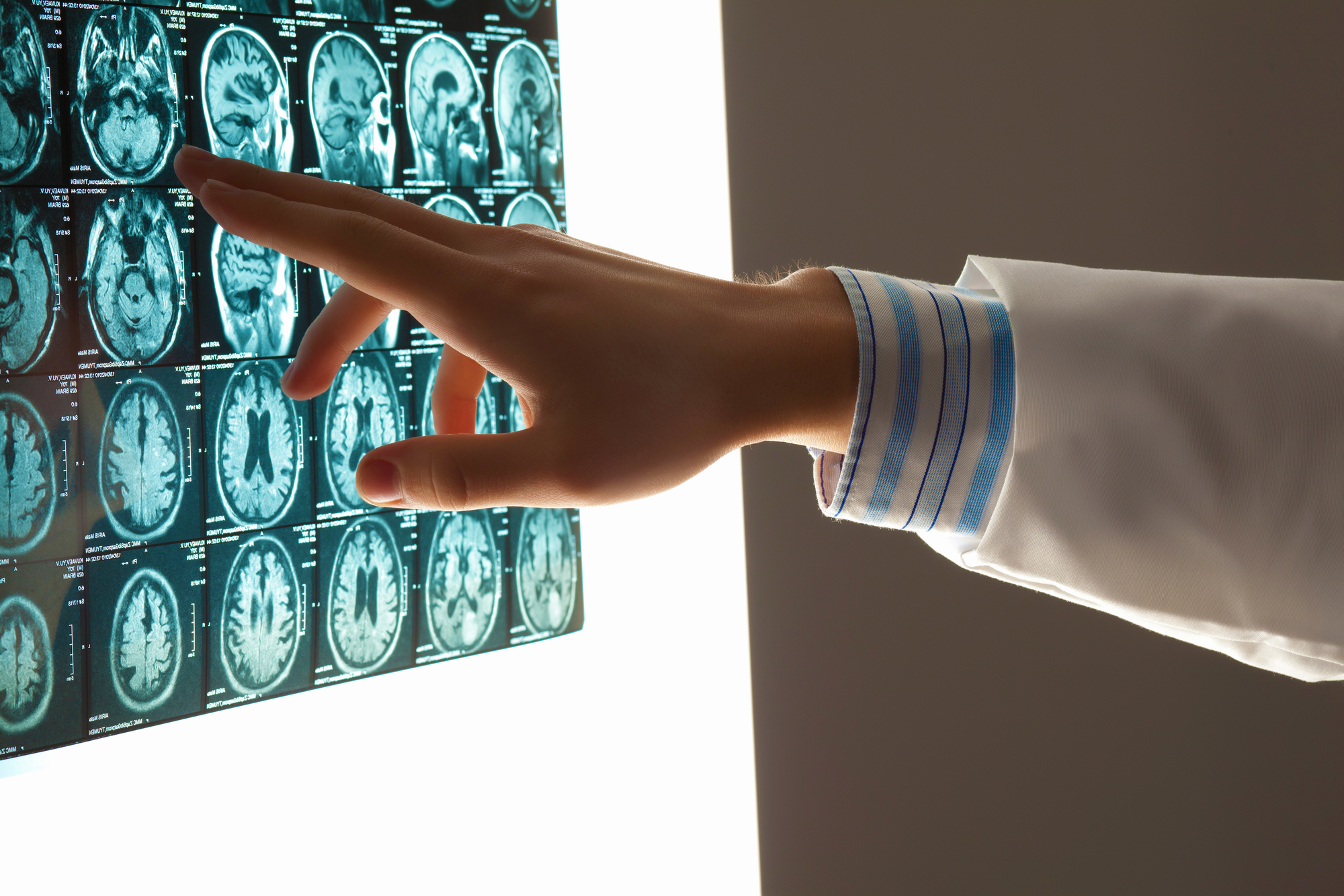
Traumatic brain injuries occur when the head is struck, jerked, or penetrated by any foreign object. Injuries can be sustained in the range of mild to severe. In a mild brain injury loss of full conscious awareness may persist for some time. The majority of all reported traumatic brain injuries are the result of an automobile accident. According to statistics, 1.4 million Americans sustain a traumatic brain injury annually. Trauma occurs to the brain during an automobile accident when the skull strikes a steering wheel or windshield. In automobile accidents, the skull need not have been penetrated or fractured for a traumatic brain injury to be suffered by the individual.
In a car accident the sheer force of the accident can cause the brain to strike against the interior hard bone of the skull. If a moving head suddenly stops, the brain may continue the movement, striking the interior of the skull thereby causing bruising of the brain and/or bleeding which may not be visible at the time of injury. Whiplash can be very damaging for the brain. Billions of nerve cells communicate with other distant cells through long nerve fibers in our brain. These fibers which are extremely delicate get stretched during an accident thus damaging the ability for cells to communicate with each other. If the skull absorbs frontal impact, the brain can bounce back and slam against the back of the skull. This sometimes damages the occipital lobe which can severely affect visual processing.
The common types of symptoms associated with brain injuries are as follows:
Loss of Consciousness
Experiencing loss of consciousness can span from being slightly dazed to being in a coma for several days. In most cases where the victim suffers a severe impact to the brain they lose consciousness. It is generally ascertained that the longer the period of unconsciousness, the more severe the brain damage is.
Post Traumatic Amnesia
People can generally experience both retrograde amnesia and anterograde amnesia after they have suffered a brain injury in a car accident. Again, as a rule, the longer the periods of amnesia, the greater the damage is. A patient suffering from amnesia has a difficult time gauging the true extent of their injury. It is imperative that family members or friends help track their progress.
Concussion
After sustaining a head injury a temporary loss of brain function may be experienced which is generally called a concussion. Symptoms may include dizziness, nausea, disorientation, and forgetfulness. However most concussion cases are resolved in a couple of months.
Direct trauma can also result in secondary injuries to the brain. If a tissue is injured or a blood vessel is torn, a collection of blood can build up within the skull. This is called hematoma and the bleeding can occur days after the injury was inflicted. If swelling occurs inside of the brain causing a rise in intracranial pressure it is called an edema. Circulation may be affected and there will be some difficulty in the blood delivering important molecules to the brain. Medication may assist in relieving the pressure, but if that doesn’t work some fluid can be drained out by drilling a hole in the patient’s skull.
Simple strategies can be employed in order to greatly reduce any chance of sustaining a traumatic brain injury. When riding or driving in a motor vehicle always wear a seat belt. This prevents the body from flying into a window or steering wheel in an accident. Always have a child safety seat available for any children travelling in the vehicle. If the child does doesn’t fulfill the height and weight requirements, a seat belt is of no use. Built up inertia is potentially fatal if the child suddenly hits the back of the driver’s seat. No one expects to be injured. But if you or a loved one has been injured in an automobile accident you need the services of a qualified brain injury attorney in New Orleans and also make sure to look up the Bar exam requirements by state and check that your attorney is in good standing.

